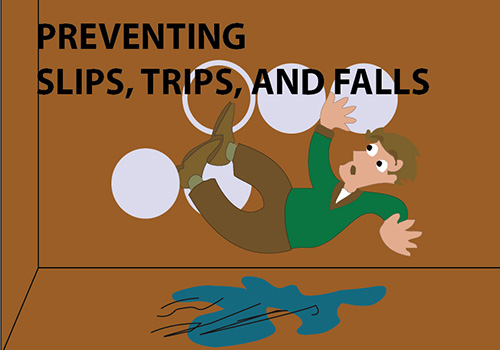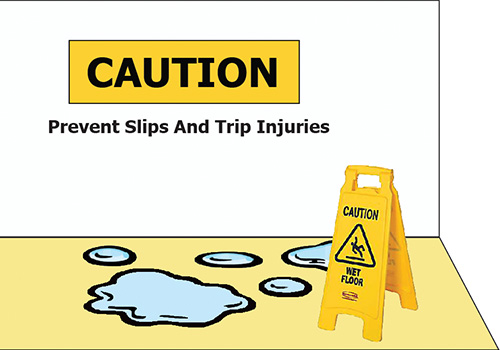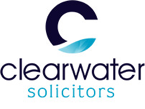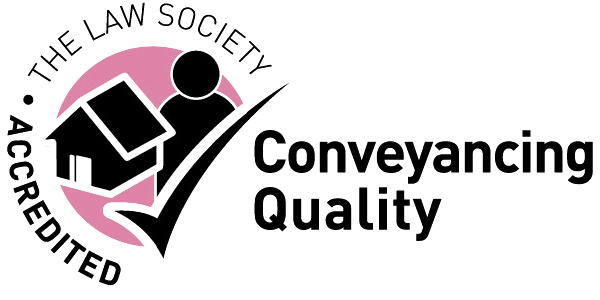Slips And Trips In Schools And Colleges
29th August 2013
 With slips and trips representing the biggest cause of accident at work injuries, schools and colleges should implement steps to prevent these accidents from arising. Educational establishments’ duty of care extends beyond their staff and includes all of their pupils and anyone who visits the facility, and they can face slip and trip compensation claims if they fail to meet this duty.
With slips and trips representing the biggest cause of accident at work injuries, schools and colleges should implement steps to prevent these accidents from arising. Educational establishments’ duty of care extends beyond their staff and includes all of their pupils and anyone who visits the facility, and they can face slip and trip compensation claims if they fail to meet this duty.
Schools have additional risk factors that other buildings may not have. With structured timetables, footfall can become exceptionally high after over an hour of the hallways being almost empty. Slips and trips are especially likely to occur during busy periods.
Slips And Trips Accident And Injury Figures
 According to data from the Health and Safety Executive, 2004 to 2005 saw 336 slip and trip injuries sustained by visitors and pupils in primary and secondary education establishments, out of a total of 1,066 reported injuries. This means around 32% of all injuries sustained by members of the public are due to slip and trip accidents.
According to data from the Health and Safety Executive, 2004 to 2005 saw 336 slip and trip injuries sustained by visitors and pupils in primary and secondary education establishments, out of a total of 1,066 reported injuries. This means around 32% of all injuries sustained by members of the public are due to slip and trip accidents.
Employees in these facilities had 1,281 accidents at work that caused injuries requiring at least three days off, with 39% of these – 497 – attributed to slips and trips.
The risk of a slip or trip in adult, further and higher education facilities is slightly lower, with 19% of the 726 reported injuries to the public being sustained in slip and trip accidents, or 129 injuries. While employees sustained a total of 2,387 reported three-day injuries, 822 of these were in slips and trips, or 34%.
While these figures are getting a little old, it is unlikely that they have changed drastically.
Prevent Slips And Trip Compensation Claims In The Education Sector
 While educational facilities should be protected by public liability insurance and employee liability insurance or equivalent government schemes should they face slips and trips claims, they must also put steps in place to prevent these accidents from occurring.
While educational facilities should be protected by public liability insurance and employee liability insurance or equivalent government schemes should they face slips and trips claims, they must also put steps in place to prevent these accidents from occurring.
Some of the key factors that must be controlled if slips and trips are to be avoided include:
– Contamination, such as rubbish on the floor, liquids or spillages
– Environmental, such as steps, lighting and level changes
– Individual, such as pedestrian control, training and supervision
– Organisational, such as when staff or students conduct tasks with specific risks
– Footwear policies, such as whether uniform policies are sufficient and whether people will wear other shoes at evening events
There can be a lot of variety and complexity in educational facilities, and different parts of a school or college can require different risk assessments and management systems. When slips and trips arise, they should be investigated in order to prevent other personal injury claims in the future.
Consider the individual needs of pupils, visitors and teachers, including those with disabilities, and ensure that open evenings and school events are controlled properly to prevent slips and trips injury claims. Schools may find it impossible to completely eradicate the risk of these personal injuries, but are legally obliged to take all reasonably practicable steps to do so.

